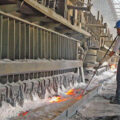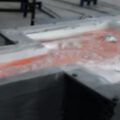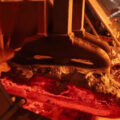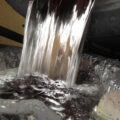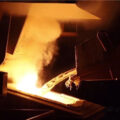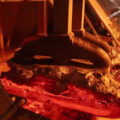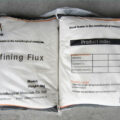The smelting process of waste aluminum determines the performance of secondary aluminum products. The aluminum melt production process is roughly as follows: batching-furnace loading, melting-alloying-stirring-furnace treatment-on-line treatment outside the furnace (degassing, filtering, etc.)-casting. The treatment in the furnace is one of the key processes that affect the quality of molten aluminum, which mainly includes the purification of aluminum melt, grain refinement and deterioration.
However, it is generally believed that the purification of aluminum melt is the basis for refinement and deterioration, and only the refinement and deterioration treatment in pure molten aluminum can exert its due potential.
According to the principle, the purification of aluminum melt can be divided into adsorption purification and non-adsorption purification.
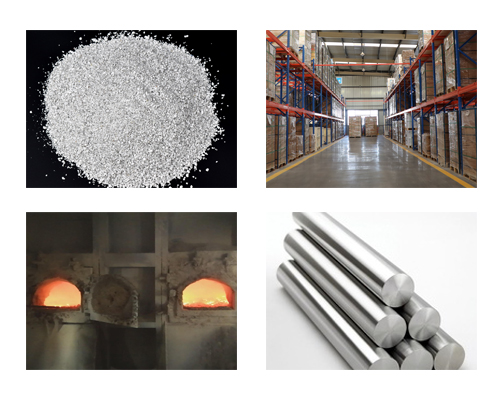
Adsorption purification is through the direct contact of the flux (inert gas, refining agent, etc.) with the soluble inclusions in the molten aluminum ([H], Fe, Mg, Na, Ca, Si, etc.) and suspended non-metallic oxide inclusions (Al2O3, etc.) physical and chemical effects occur to achieve the purpose of refining.
Non-adsorption purification mainly includes vacuum purification, ultrasonic purification and electromagnetic purification. However, due to the complexity of the equipment and the high cost, it has not been widely used. At present, secondary aluminum companies widely use flux refining to achieve the purpose of degassing and slagging.
Refining flux can be divided into two categories: solid and gas. Gaseous refining flux is an inert gas or a mixture of inert gas and active gas, such as Ar, N2, Cl2, etc., solid refining flux is generally composed of C2Cl6, sodium fluorosilicate, fluoride, Chloride, etc.
In recent years, the secondary aluminum industry has developed rapidly, and solid refining fluxes have received extensive attention due to their large demand and high use requirements.
When aluminum melt is refining in the furnace, according to the different ways of adding flux, the flux methods used mainly include: direct flux adding method, stirring powder adding method, flux spraying method, rotary blowing method, automatic flux adding method, rotary blowing Flux method, etc. The flux injection method is currently a furnace purification method commonly used in secondary aluminum enterprises. An inert gas flux (Ar, N2, etc.) is introduced into the aluminum melt using a spray tube.

